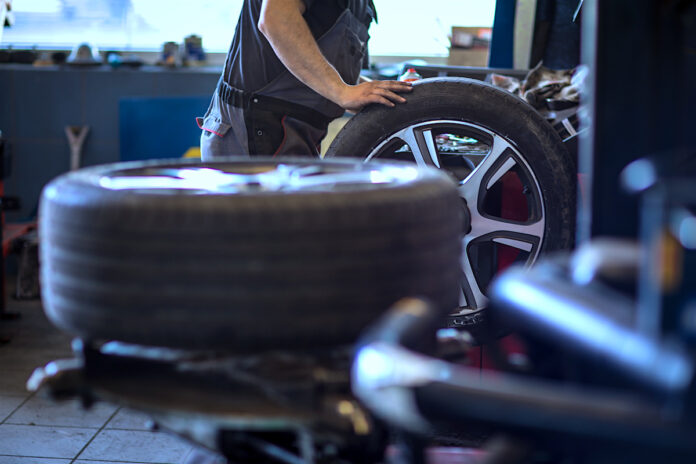Regular winter tire checkups, changing them properly, correct storage practices, and timely replacement are 4 good starting points.
The calendar has turned to winter, which means it’s time to install winter tyres on our cars. Although winter tyres are only required in specific areas (for example, Quebec and the highways of British Columbia in Canada), we strongly advise converting to winter tyres to keep safe on the road.
Whether you choose a more expensive premium winter tyre or something as capable but less expensive, such as the Sailun Iceblazers, which are trusted by over one million drivers in Canada alone, correct maintenance is essential to getting the most out of your winters.
We’re sure you don’t want to skid across icy roads or spin out, leaving you stranded on the side of the road. If you’ve decided to invest in winter tyres, it’s up to you to look after them so you can get the most out of your money. Here are some suggestions for extending the life of your winter tyres.
4 Simple Tips To Make Your Winter Tires Last Longer
A winter tire’s role is a two-edged sword: its deeper tread depth and winter-ready design mean that steering through snow is easier than with an all-seasonal tyre. However, keep in mind that the tread on a snow tyre will wear out significantly faster in cold temperatures and during changing driving conditions.
In snowy and icy conditions, we recommend driving slowly. Remember that if you’re driving at 19 mph (30 km/h) on ice, your vehicle will come to a stop between 25 and 33 metres. As a result, it’s a good idea to allow enough space between you and the automobile ahead of you to prevent colliding with it if traffic suddenly shifts.
While these are general rules for winter driving, they are of utmost importance for keeping the tires healthy for cornering and stopping.
Regular Checkups
Your winter tyres, like the rest of your vehicle’s mechanicals, need to be checked on a regular basis. Tire pressure will most likely decrease when the temperature drops. Before embarking on any excursion, be sure that all of your tyres are properly filled.
Underinflated tyres not only waste gasoline but also cause the tyres to wear out quicker, compromising the vehicle’s handling. We buy winter tyres for better handling on snow and ice, but if we don’t check the pressure, we’re effectively killing the purpose of these tyres.
Examine the tire’s side or the owner’s handbook to determine how much air you should put in the tyres.
Change All Tires
Surprisingly, several drivers believe that their front-wheel-drive vehicle only needs two tyres changed. It is untrue and perhaps hazardous. So, if you have two winter tyres and two all-season tyres, what happens?
Both sets of tires, however, will handle the road differently, putting your safety at risk. Less gripped tyres will inevitably slip, making handling difficult. Purchasing four winter tyres will be more expensive up front, but it is in your best interests. Furthermore, there are several excellent, low-cost winter tyre options, such as these five value-priced options.
Storing Winter Tires
- Store in dark, dry place (away from sunlight)
- Keep them away from heaters and air ducts
- Avoid places containing grease and/or oil
- Ideally, prop them up away from possible water pooling
- Wrap them up if possible
When the snow on the road begins to melt (and your car emerges from storage), it’s time to replace your winter tyres with all-season or summer tyres. Of course, you’ll need the winters following season to deal with the cold, wet, slushy, ice, and snowy circumstances. You must store the tyres properly in order for them to remain in good condition. Also, try to avoid using winter tyres during the warm months!
Make sure they’re kept in a clean, dark, and dry location away from direct sunlight. Furthermore, you should keep them away from any warm areas, such as heaters and air ducts.
Another suggestion for keeping shoes in good shape and preventing them from breaking down is to keep them away from grease, oil, or any other substance. Winters are traditionally kept in a garage, although they can also be kept outside.
However, ensure to place them on a raised stand so they don’t sit on pools of water. Try to wrap them in waterproof covers before storing them to ensure they stay fresh for the next season.
Replacement
Even if you take every measure to store your winter tyres properly, they will ultimately fail. In fact, they need to be replaced even more frequently than all-season or summer tyres. When the tread depth drops to 4/32 inches (3.2 millimetres) in several Canadian provinces, you must replace them.
Winter tyres are an additional cost, but they keep you safe in the cold. Once you’ve purchased them, make sure you do everything you can to extend their life. If you follow the suggestions above, your winters will be healthy for a long time.






